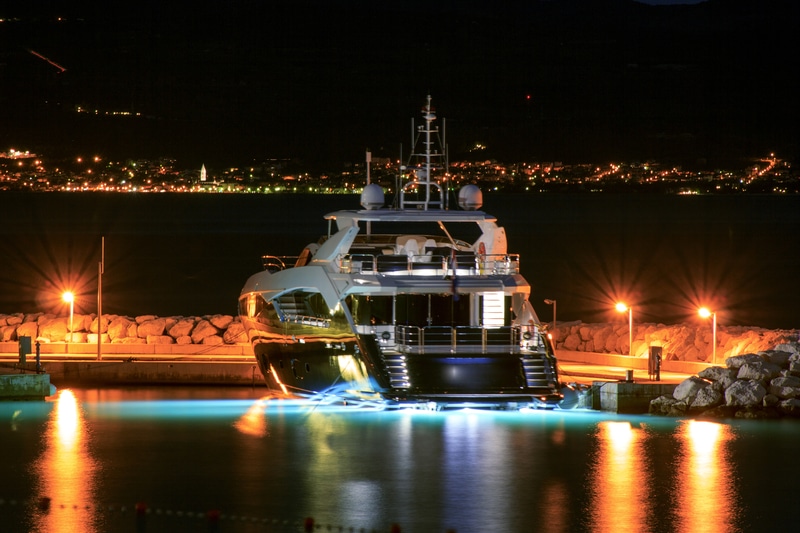A gleaming superyacht is an impressive thing, easily admired for its gorgeous exterior lines and sumptuous interior. However, behind all the polish and beauty is a whole other, equally extraordinary, world of remarkable technical spaces, ranging from the engine room and generator spaces to storage areas and liquid tanks, explains Colin Mason, Technical Manager CCS.
We all know the stories of ‘fatbergs’ in city sewers. This is bad enough in concrete or brick sewers, where the fats physically block systems – but in tanks with organic chemical coatings, fats can stick to the sides, damaging the coating. While oils and fats generally float on the surface of water, the constant emptying and filling of the tank contents deposits the fats on the tank surfaces as the water level shifts, eventually coating the whole surface.
The blackwater tank for toilet waste is an unpleasant but necessary element. It is also a challenge to any coating. Solid wastes can sink to the bottom of tanks and, depending on a number of factors, can start to generate very aggressive microbes. These microorganisms can literally eat their way through a coating or, worse still, steel, if they evolve acidic compounds.
These are all considerable challenges. Moreover, the cost of even minor failure in a yacht tank coating can be substantial and should be avoided at all costs.
To find out more about the problems and solutions, visit DryDock’s sister magazine PCE-International, where the full article can be found here.

